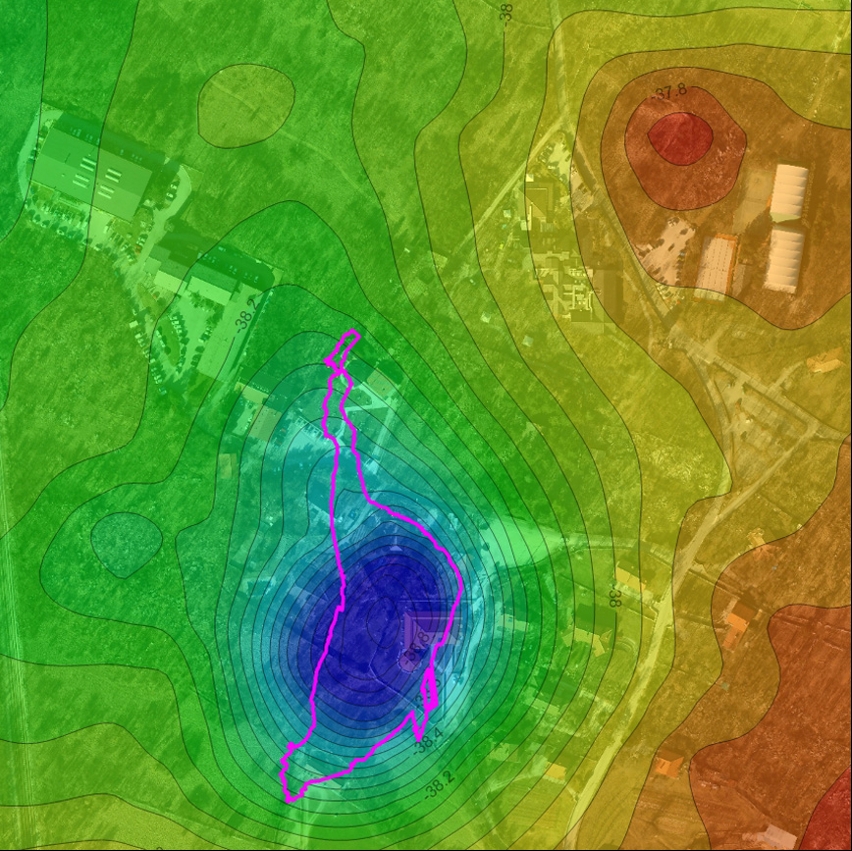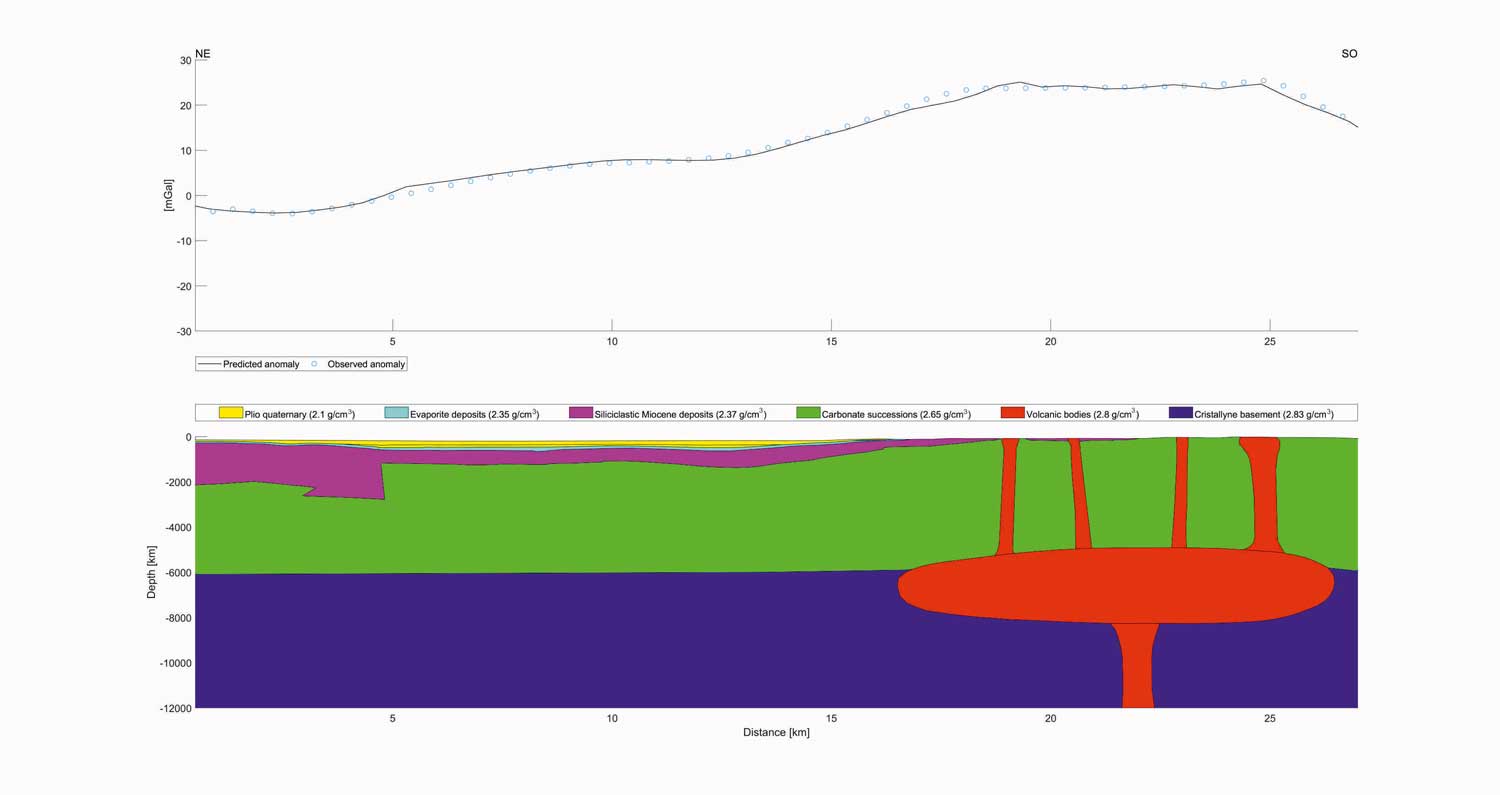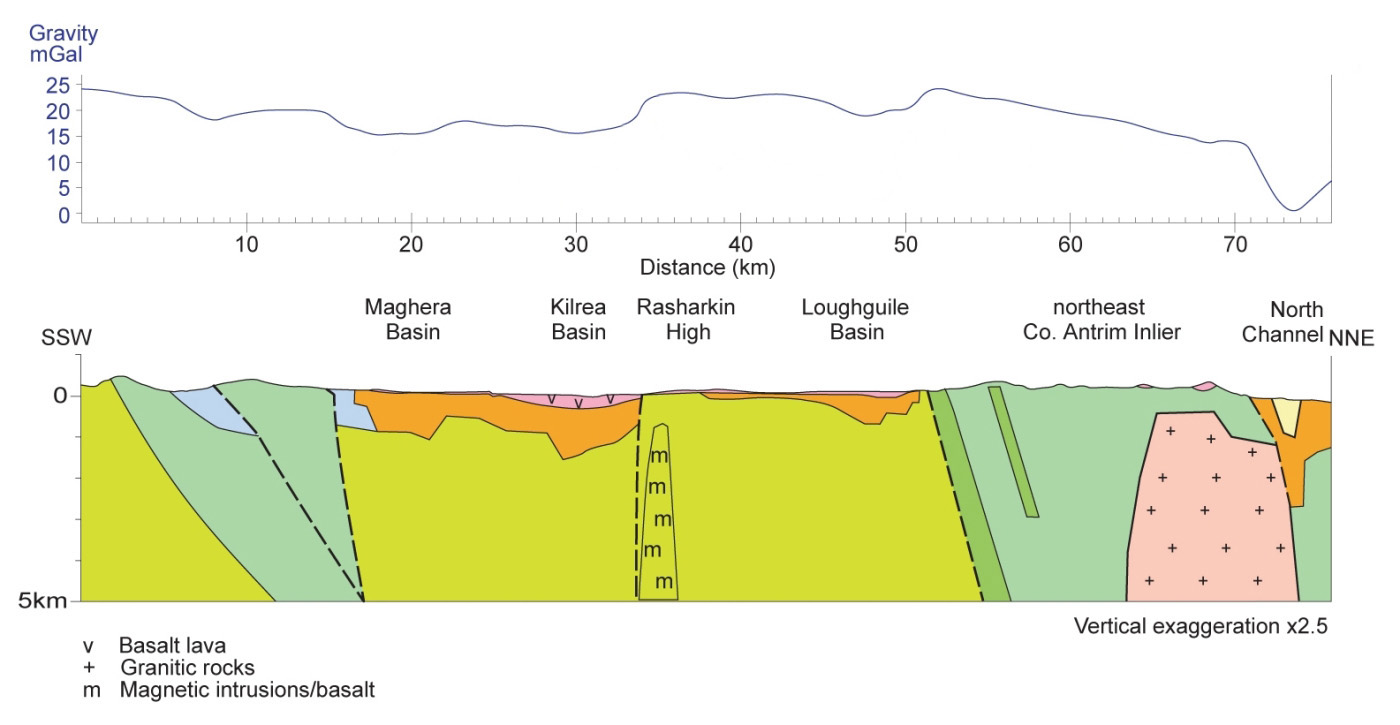Gravimetric detection consists in the measurement of the earth's gravitational field and in the detection of the anomalies that can be caused by variations in density of the bodies close to the earth's surface.
A positive anomaly indicates a body having greater density than that of the surrounding environment, while negative gravimetric anomalies are attributable to areas with lower density and therefore with a mass deficiency.
Gravity anomaly measurements can be made with the use of specific instruments called gravimeters, divided into two main categories: absolute gravimeters, which measure the intensity of the gravity vector at one point and the relative gravimeters that measure the variation of gravity between two points.
Absolute gravimeters are heavy and difficult to manage and for this reason relative gravimeters have been developed which, despite being extremely delicate instruments, have the advantage of easy portability and speed of measurement.
Relative gravimeters are based on the equilibrium of a mass suspended from a spring: the elongation of the spring with respect to a certain initial position is a function of the variation of the gravity acceleration between the starting point and the current measuring point. There are two types of relative gravimeters, the linear gravity and the astatic.
The linear gravimeter consists of a spring which supports a mass, the weight force is balanced by the tension of the spring; for a given increase in gravity acceleration, the elongation of the spring is directly proportional to the mass and inversely proportional to the spring constant. The sensitivity of the instrument, given by the ratio of the mass on the elastic constant, can be increased or by increasing the mass or by decreasing the elastic constant.
Modern gravimeters are astatic, operate in a state close to unstable equilibrium, which gives them great mechanical sensitivity, thus obtaining large variations of the equilibrium position of the equipment for small variations in gravity. The sensitivity of these instruments is of the order of 10-8 m/s2 .




